A mineral can be identified by certain physical and chemical properties, and several of these properties may be sufficient to safely identify the most suitable system of grinding, for example the Mohs hardness or the crystalline structure.
The choice of the most suitable grinding and classifying technology for the processing of a product is determined by knowledge of its physical and chemical properties and its behaviour during micronization; many factors play a part in influencing productivity and granular distribution.
From experience built up over years of grinding and selection testing, and a background in the process of mineral grinding of countless different products, we have learned that even though certain elements may have a similar chemical composition, they can give different results; every mineral has a slightly different composition according to its place of origin. In this context STM can use its skills and know-how to provide invaluable support in achieving desired results.
The following table shows the materials tested by STM, indicating them in the first tab with a list, and then specifying in subsequent tabs the machines of STM suitable for working specific materials.
FLUORITE
ROCK SALT
BARIUM CARBONATE
CALCIUM CARBONATE - AMORPHOUS
CALCIUM CARBONATE - CRYSTAL
CALCIUM CARBONATE BLACK
LITHIUM CARBONATE
MAGNESIUM CARBONATE
MANGANESE CARBONATE
FOSSIL SHELLS
DOLOMITE
POZZOLANIC TUFF
ALUMINUM
BRONZE (RECOVERY)
NATURAL GRAPHITE
GOLD
COPPER (RECOVERY)
RARE EARTH
SULFUR
CHROMITE
ALUMINIUM OXIDE
ALUMINUM HYDROXIDE
CALCIUM OXIDE
CALCIUM HYDROXIDE
CALCIUM HYDROXIDE
LITHIUM OXIDE
LITHIUM HYDROXIDE
IRON OXIDE
MAGNESIUM OXIDE
ZINC OXIDE
ZIRCONIUM OXIDE
QUARTZ
CLAY
BASALT
BENTONITE
KAOLIN
FELDSPAR
GRANITE
MUSCOVITE MICA
FERRIC MICA
OLIVINE
RHYOLITE
ZIRCONIUM SILICATE
TALC
VERMICULITE
WOLLASTONITE
GYPSUM
BARIUM SULFATE
MOLYBDENUM DISULPHIDE
PYRITE
SULPHIDE OF ANTIMONY
ZINC SULFIDE

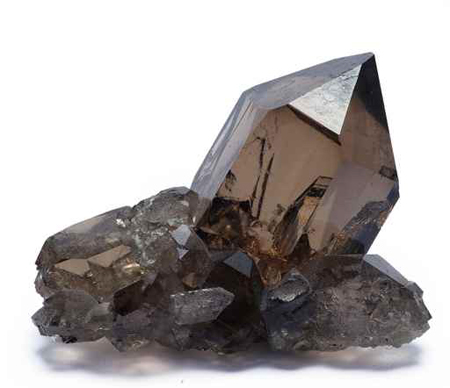
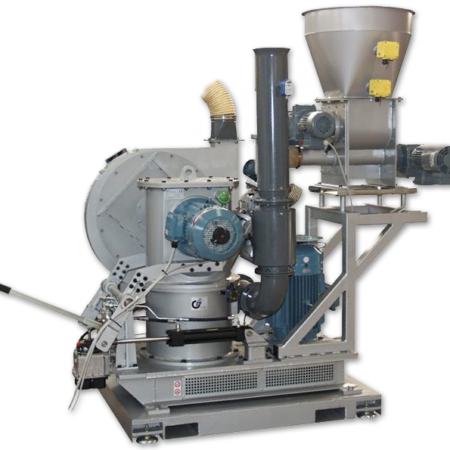
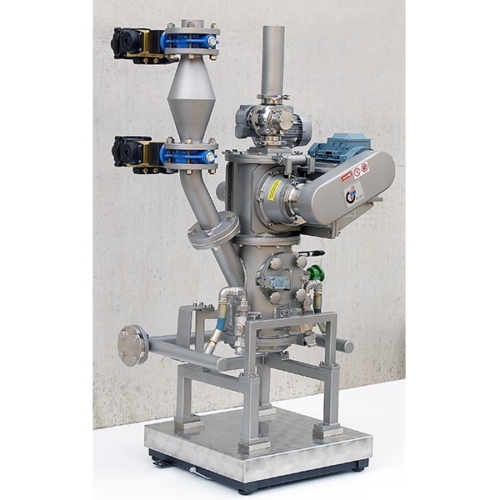
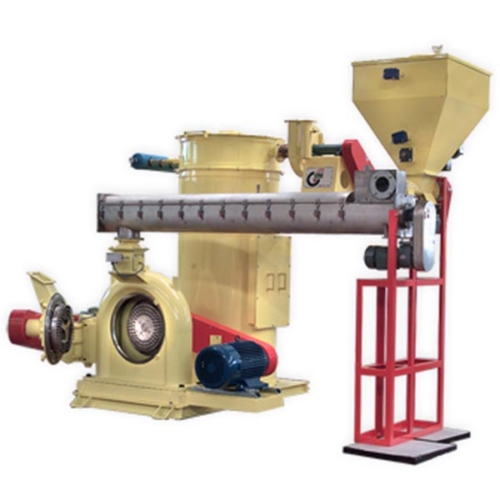
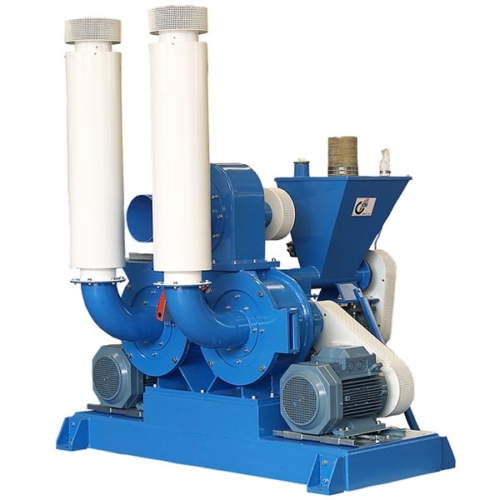
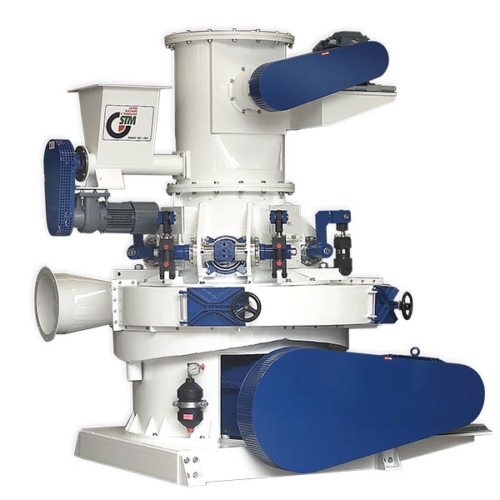
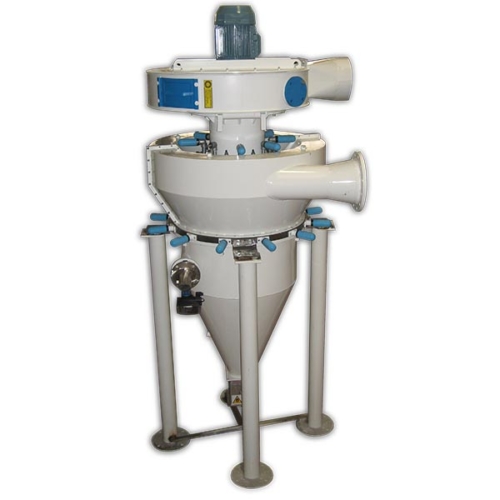

 Discover our installations around the world.
Discover our installations around the world.